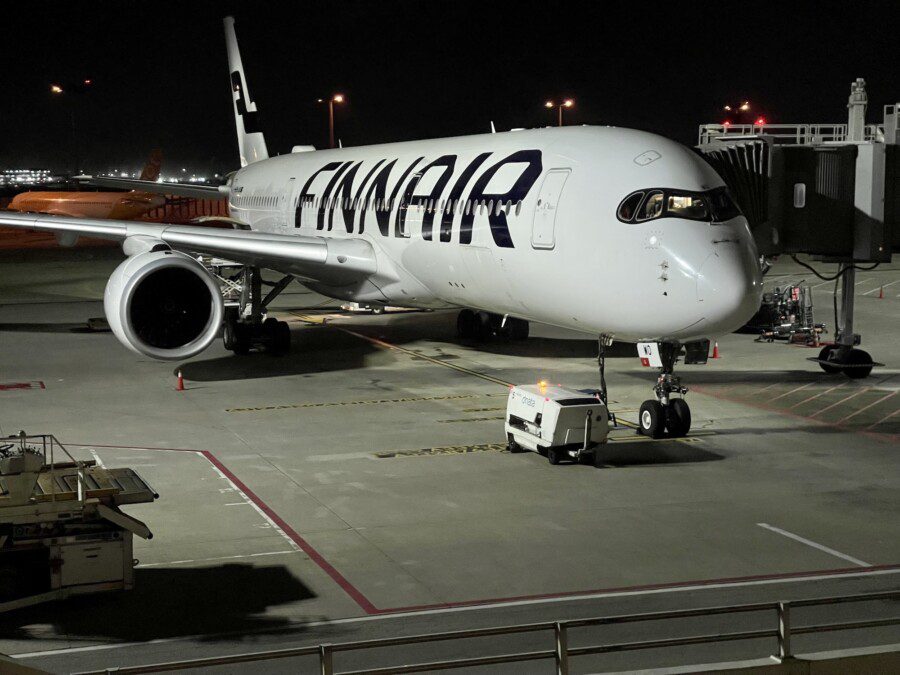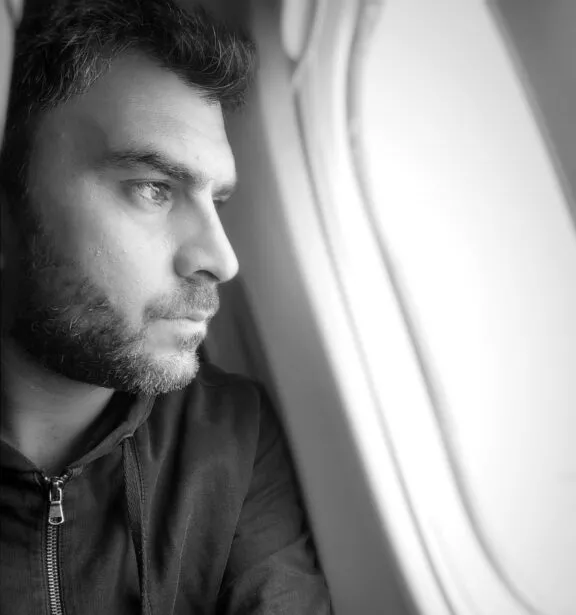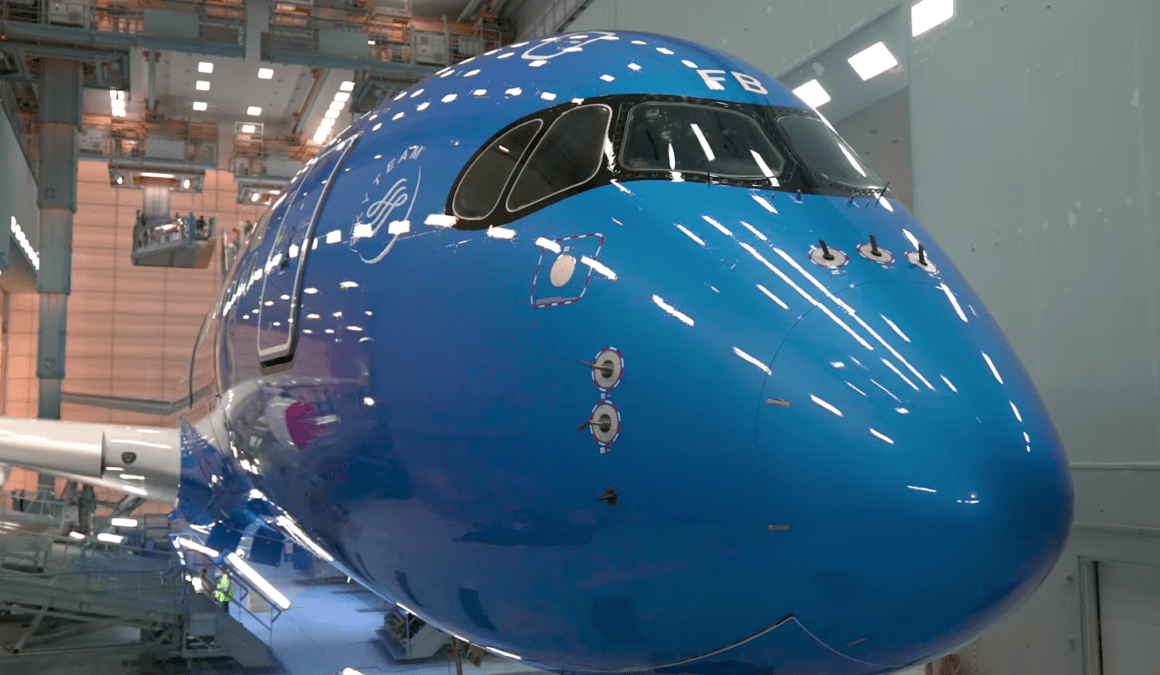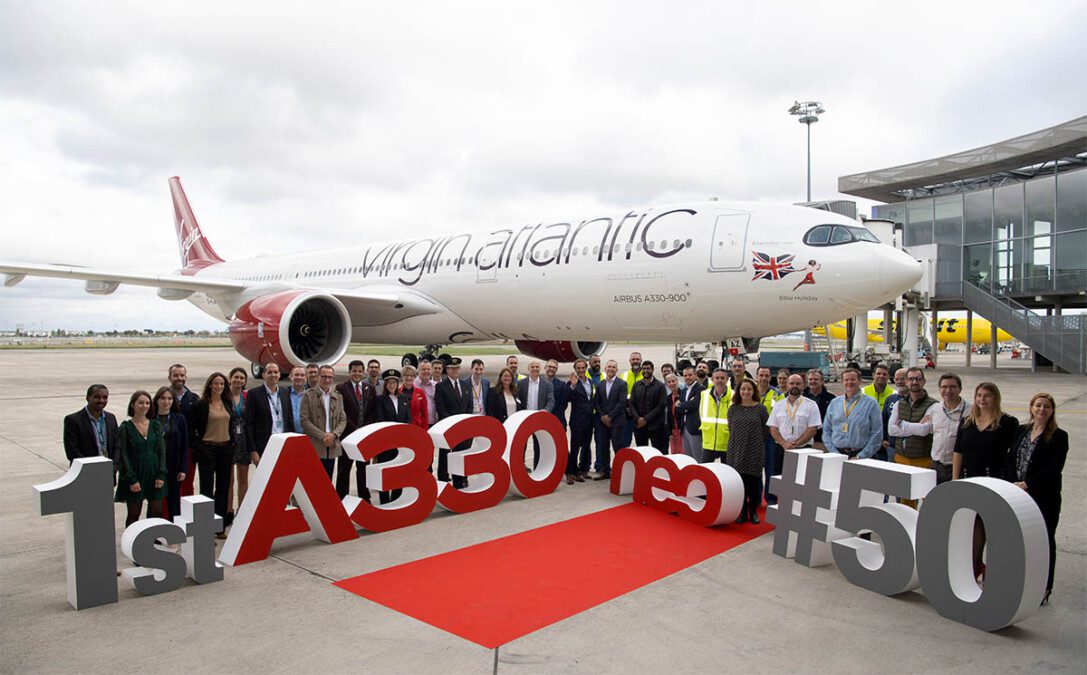A350 Vs A330neo, a comparison of Airbus' big planes
With the upcoming entry into service of Ita Airways' first Airbus A330neo, the tricolor airline is getting [...]
With the upcoming commissioning of the first Airbus A330neo by Ita Airways, the tricolor airline is getting an additional long-haul aircraft model with different characteristics than to the flagship A350.
In this article:
The introduction of the A330neo into Ita's fleet is another important step towards sustainability: lighter, quieter and more efficient, it boasts 25% lower fuel consumption and CO2 emissions per seat offered than previous generation aircraft.
But the A330neo in any case represents a enigmatic aircraft, a middle ground in production Airbus: it is not as popular as the A320 family and not as large as the A350. Its fate, therefore, is still uncertain between being a little brother of the A350 or aspiring to play a leading role in the long-range aircraft market.
Therefore, it is useful to make a comparison between the A330neo and A350 by highlighting advantages and features of both.
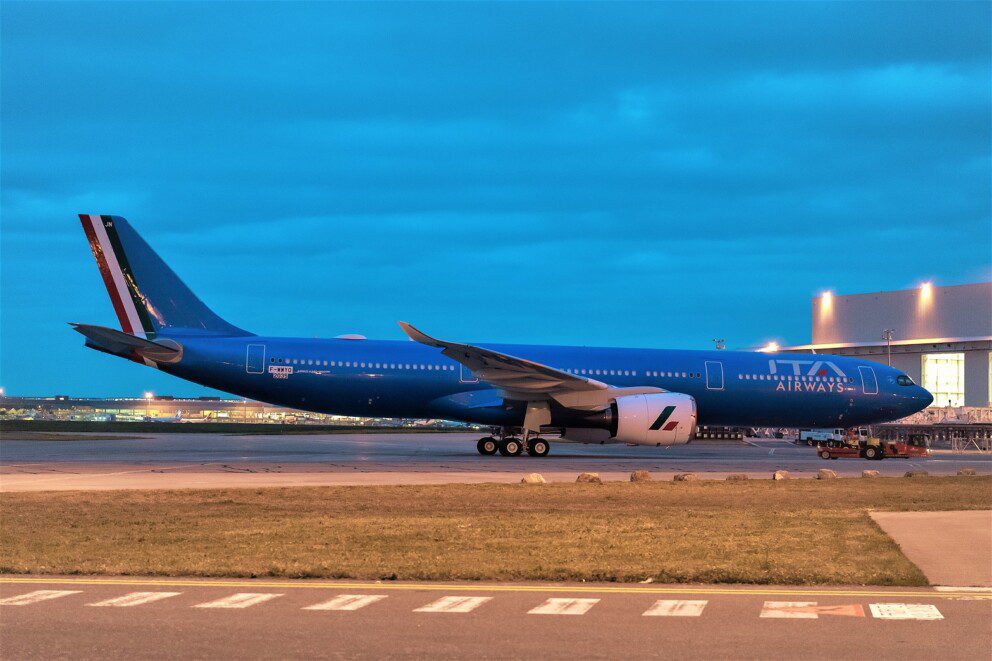
Capacity and configuration
Airbus claims that the A330-900neo can carry between the 260 and 300 passengers on board in a three-class configuration, but that could rise to 460 in an Economy-only configuration, which airlines, however, tend not to adopt.
In comparison, however, the most large A350-900 can carry around 300-350 passengers with the three-service configuration; stopping at 440 in an all Economy configuration. For further comparison, in fact, the A330-900 is only three meters shorter than the A350-900 (63.69 meters versus 66.80).
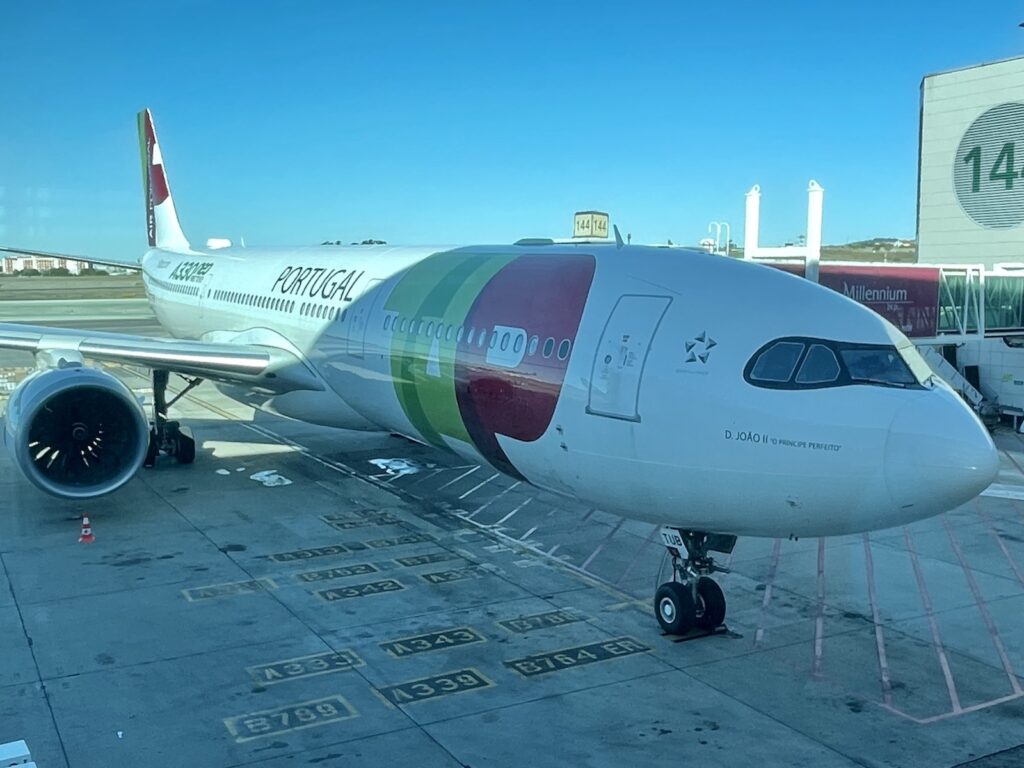
Another aspect contributing to the differences in capacity of the two aircraft is the respective configuration of places inside Of each cabin. Delta Air Lines, for example, operates both aircraft, and the A330-900's Economy provides eight seats per row, using a 2-4-2 configuration. In contrast, Delta's A350-900 sees greater density with the nine-seat configuration (3-3-3).
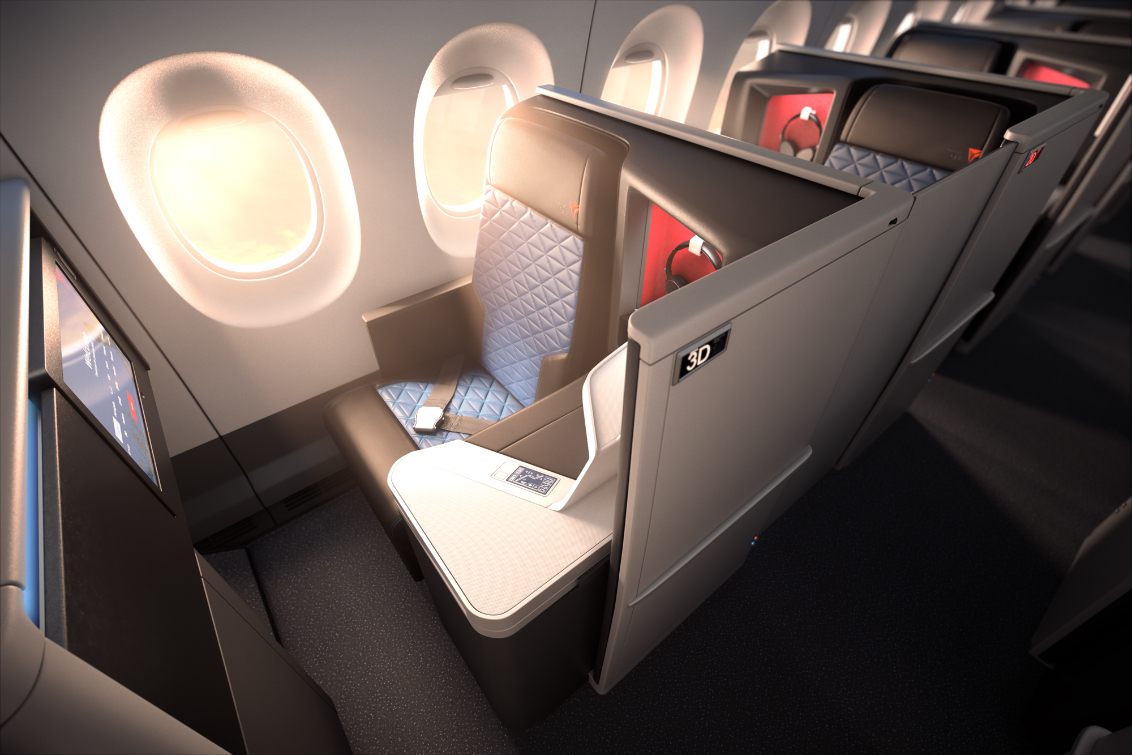
The version ultra-long-range of the A350-900, mainly used by Singapore Airlines to operate the Singapore-New York flight has only 161 seats. The A350-900Ulr variant is widely used by Singapore Airlines for longer routes (7 models in the fleet) that do not have an Economy class.
Challenge to Boeing's B787?
Singapore, in fact, configures these aircraft with 67 Business seats and 94 Premium Economy seats: a low-density choice for travelers but one that promotes greater convenience and a wider revenue margin.
This, in simple terms, means that the A330-900 is basically equal in capacity to the A350-900 if it is used with more economy seats on the most popular routes both medium and long-haul. In this sense, therefore, the A330 can also become a competitor to the Boeing 787 Dreamliner.
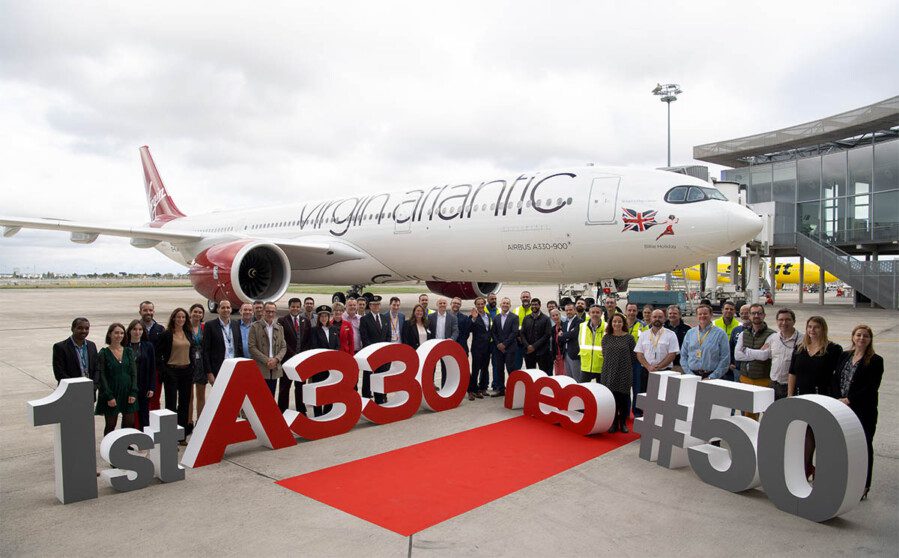
In fact, Ita wants to place the A330-900neo on the Intercontinental flights during the summer, peak filling season especially for transatlantic routes.
On board this aircraft, Ita also installed the new business class seats, the new type of seats in Economy, and most importantly, the new Premium Economy cabin, which is now missing on the A350 fleet that entered service during 2022, will enter service. During this year, the Italian airline will receive a total of nine A330/900neo aircraft.

Autonomy and speed
Another difference between A330-900neo and A350-900, moreover, is in range. The former can operate up to 7,200 miles (about 13,334 km), while the A350-900 reaches 8,100 miles (around 15,000 km). Thus, in this case, carriers choose the A350 when they need to operate their longest network routes.
For this very reason, in fact, Qantas even requested the -1000 edition of the A350 to develop its Project Sunrise. The Australian airline's goal is to fly, nonstop, from Sydney to London and New York. Namely. travel more than 10 thousand miles safely and with a plane full of passengers.
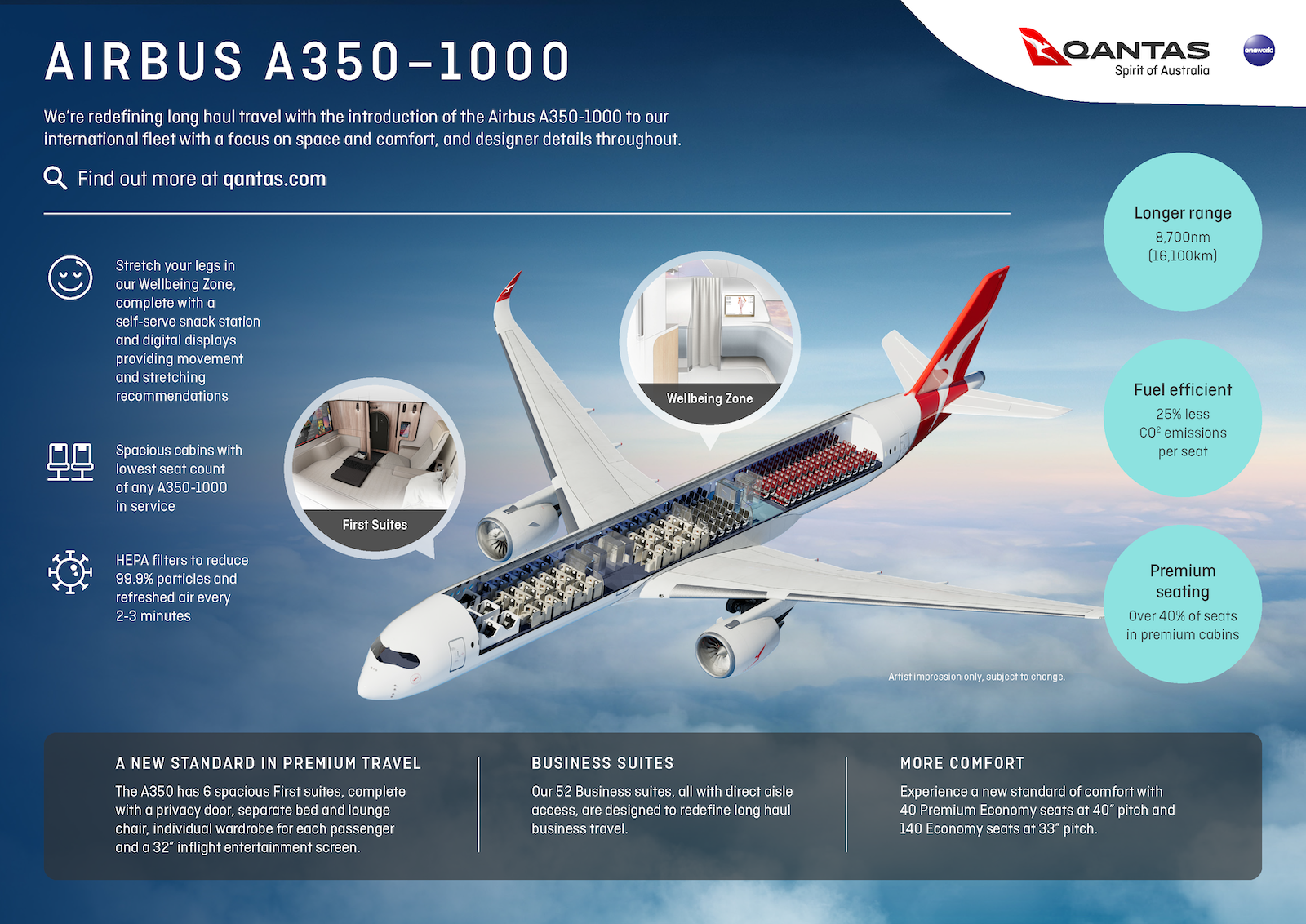
Finally, the A350 is slightly faster than the A330neo - 903 km/h cruising speed versus 900 km/h-a detail that is more useful on long haul flights because it saves more time.
The difference in material and the cost factor
Another distinguishing feature of this rivalry is the difference in cost and materials between the two aircraft. The A330neo is an upgraded version of the Airbus A330 and is constructed of aluminum; while the A350 is a totally New format for 50% from composite materials (among them the 14% from titanium, the 6% from steel, and the 19% from aluminum or aluminum-lithium alloy) and the carbon fiber fuselage that make the aircraft more light and efficient in terms of consumption, but more expensive in terms of production.
According to estimates that have been circulating for a few years, in fact, the construction of a A350-900 costs approximately $317.4 million; while the A330-900neo is expected to cost 296.4 million. The cost difference, therefore, becomes another crucial factor in the choice of airline.
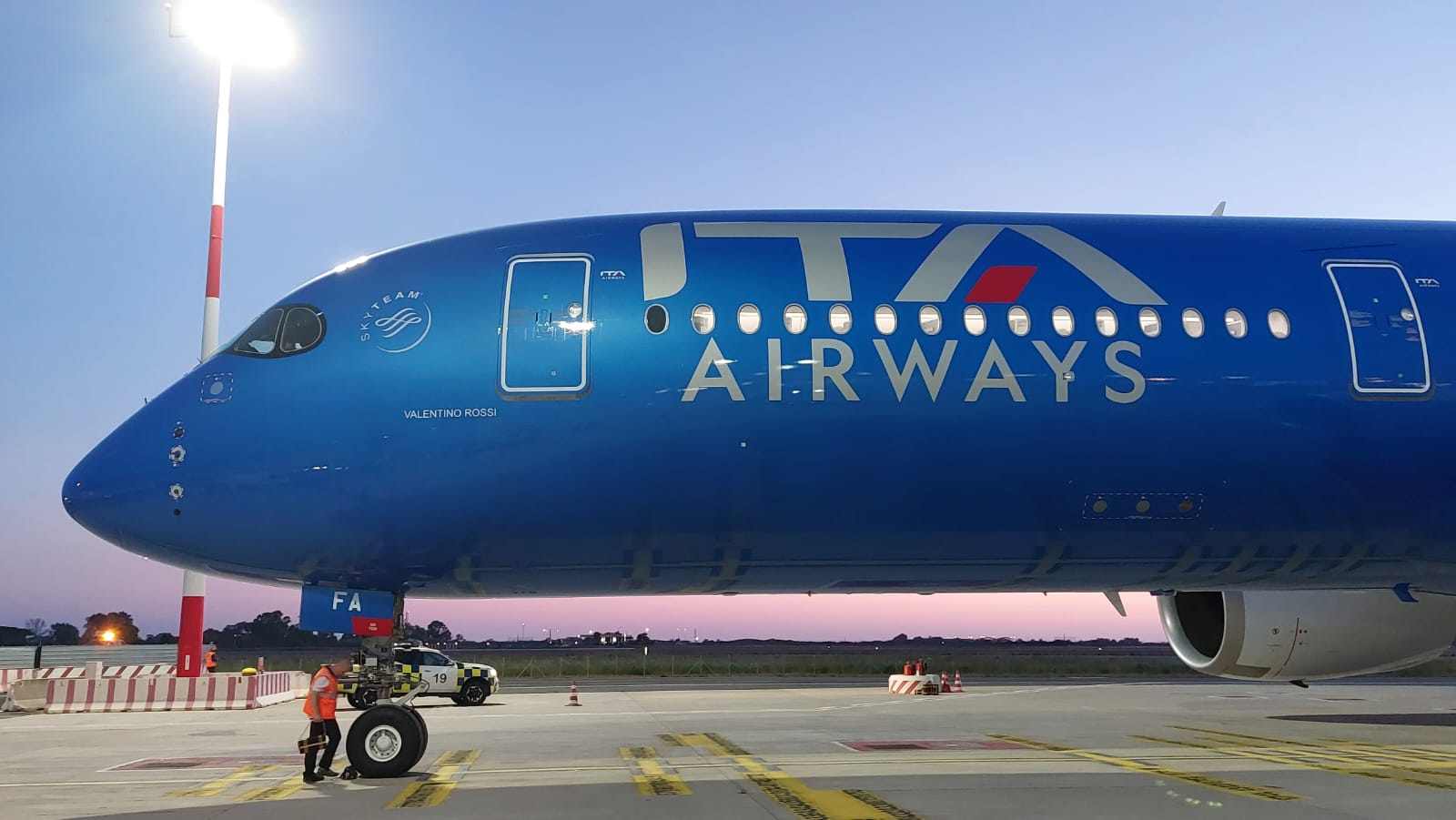
In spite of this, however, the list prices are usually much higher than what is then decided at the time of ordering. The airlines, in fact, at the time they They sign an order for a large quantity of aircraft, they may even find themselves a "discount" of up to 50% of the list value on the individual aircraft.
Characteristics of snouts and sharklets
The first distinguishing feature that differentiates the two jets is the nose of the aircraft: on the A350, the nose takes on a slimmer shape in almost complete continuity with the rest of the fuselage and the cockpit windows. Finally, the tip of its nose extends more downward than that of the A330, where, on the other hand, the tip of the aircraft is more prominent, almost taking on the shape of a projectile
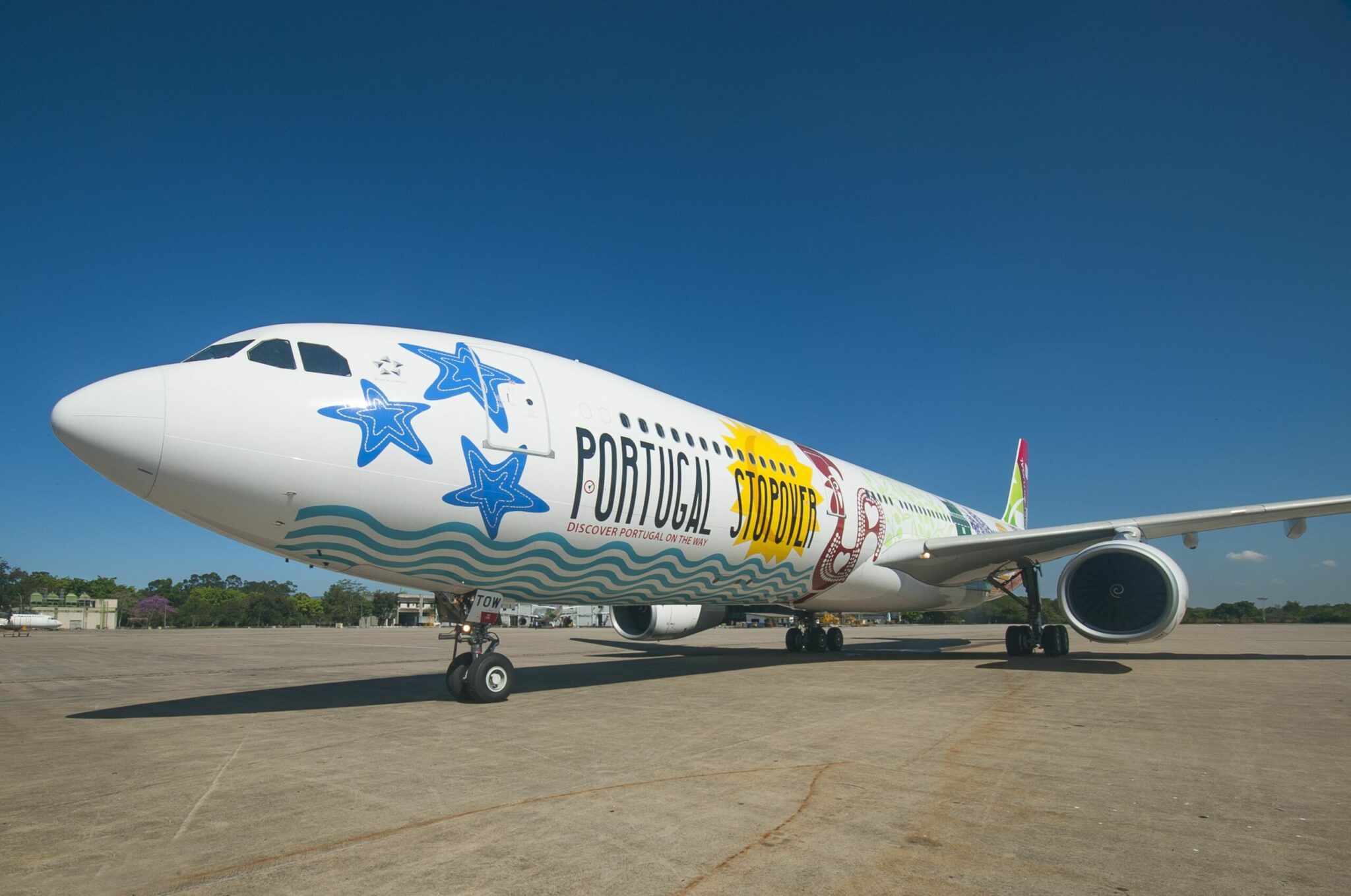
The second difference concerns the aircraft's wings, what Airbus calls "sharklets." On the Airbus A350, these devices (useful for improving aerodynamics and reducing friction, noise, and fuel consumption) are much more vertical and perpendicular Than those of the A330neo.
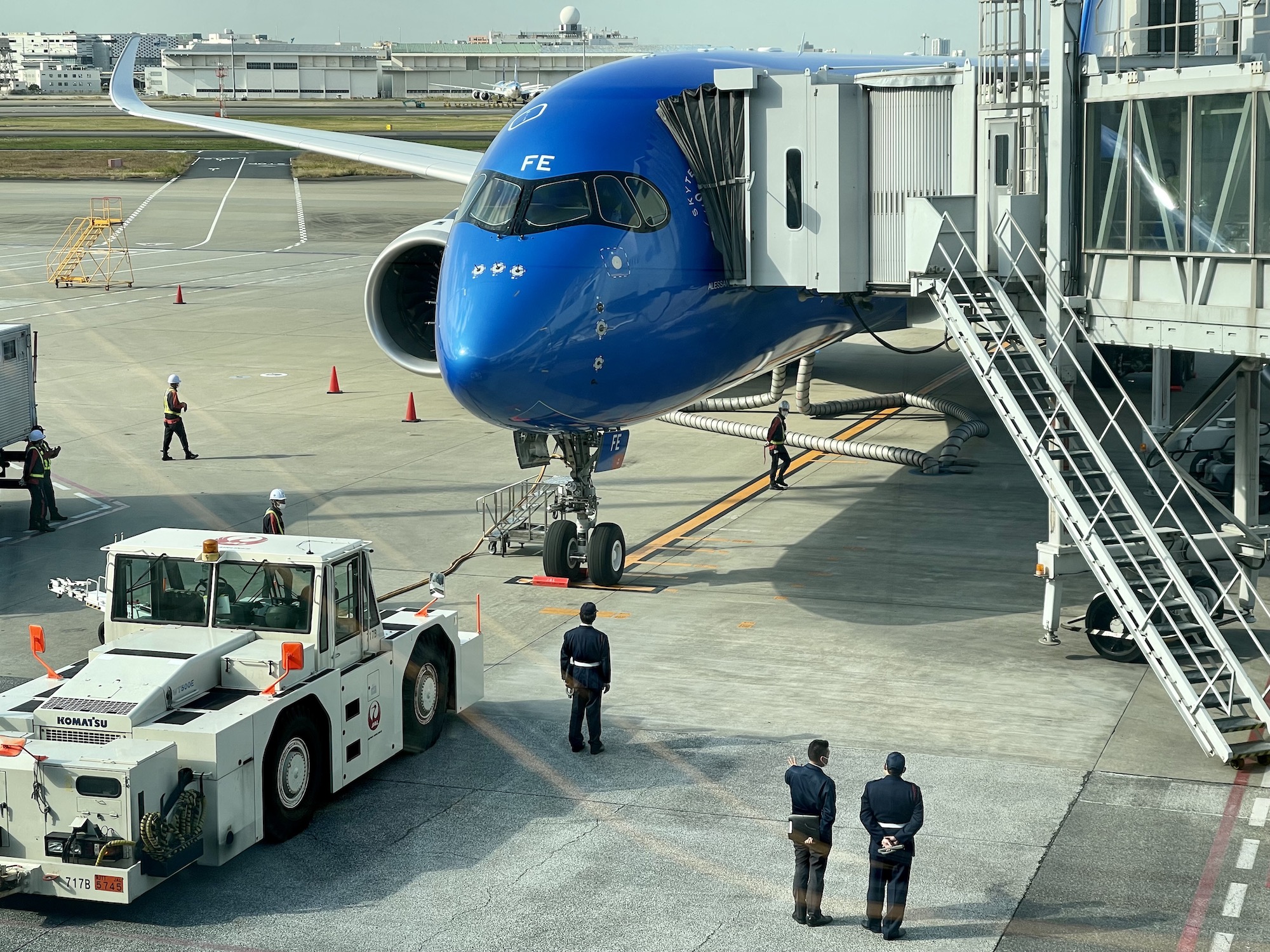
The verdict of the orders
Overall, it is apparent that the A350 has advantages over the A330neo in terms of capacity, range and cruising speed. However, the A330neo is often a more favorable option in terms of the costs and passenger comfort. For now, the decree of success is the number of orders and aircraft in the fleet in the various airlines around the world.
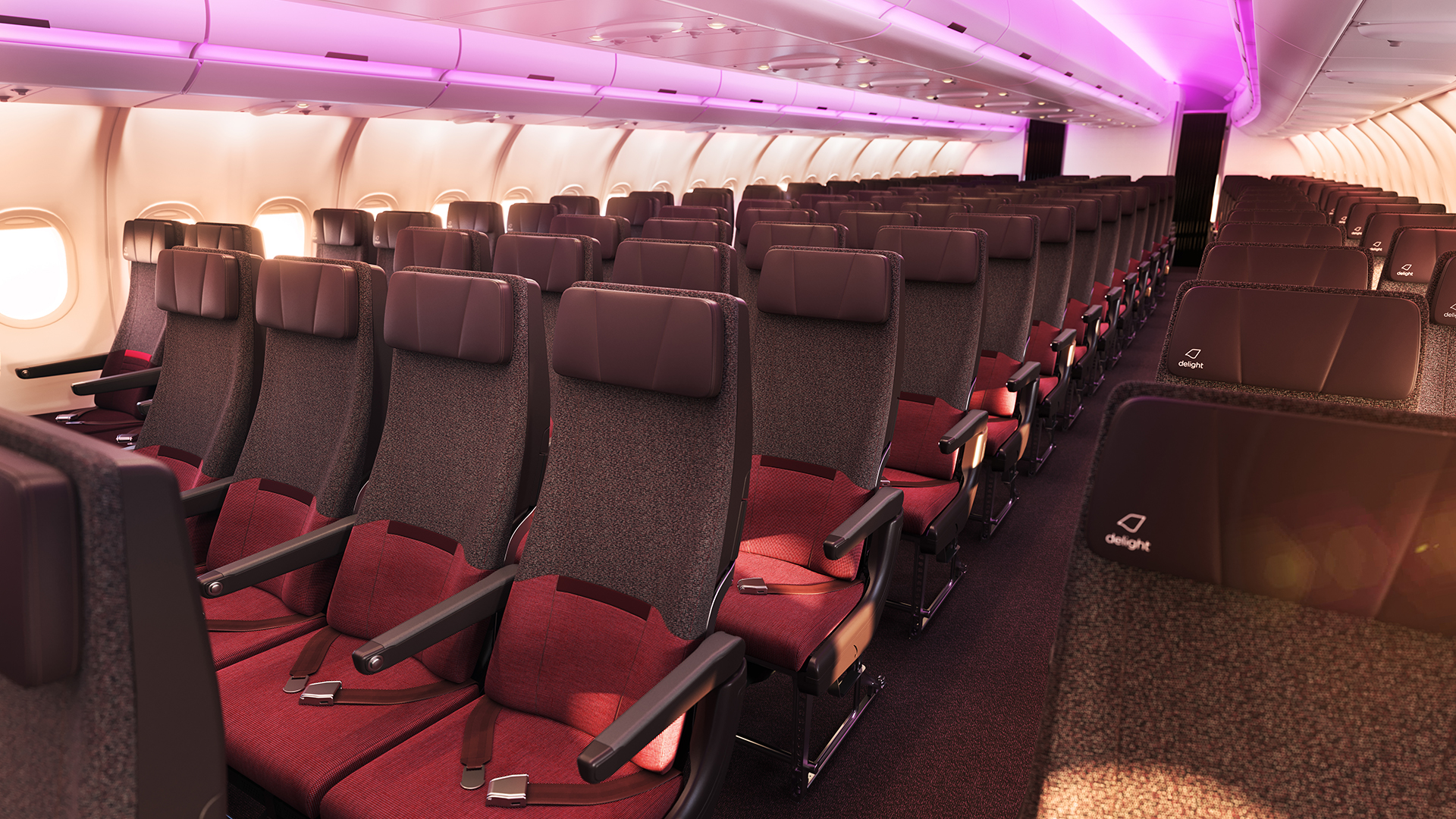
There are currently 21 companies worldwide using the A330-900neo. The first customer to receive this new version was Tap Portugal, which uses this model for connections to long haul from Lisbon to North and South America.
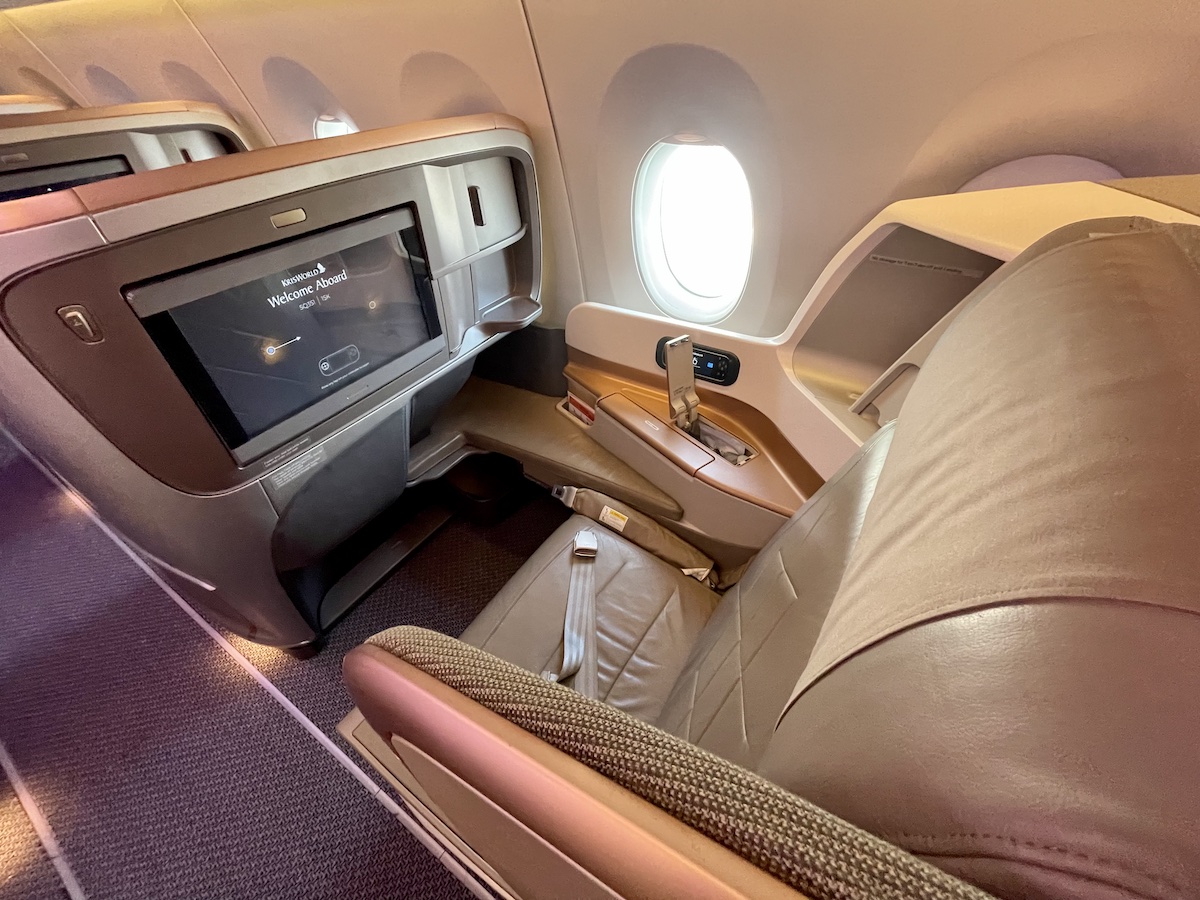
A business class seat on Singapore Airlines' A350
32 A330-900 and 62 A350 aircraft were delivered in 2022: total orders, however, reached 277 units for the former against 755 for the latter. Overall they are 457 A350-900s delivered by Airbus since the aircraft's inception, while A330-900s have reached 92.
- 6,000 Mile Registration Bonus
- Collect miles WITH EACH PURCHASE
- Your miles with no expiration*
- No fees for ATM withdrawals and foreign purchases
- Without having to change banks
- Autonomous card activation
- Multi-function mobile application
- Free travel insurance
- Free credit for up to 7 weeks
- Contactless Payment
- Mastercard® SecureCode

